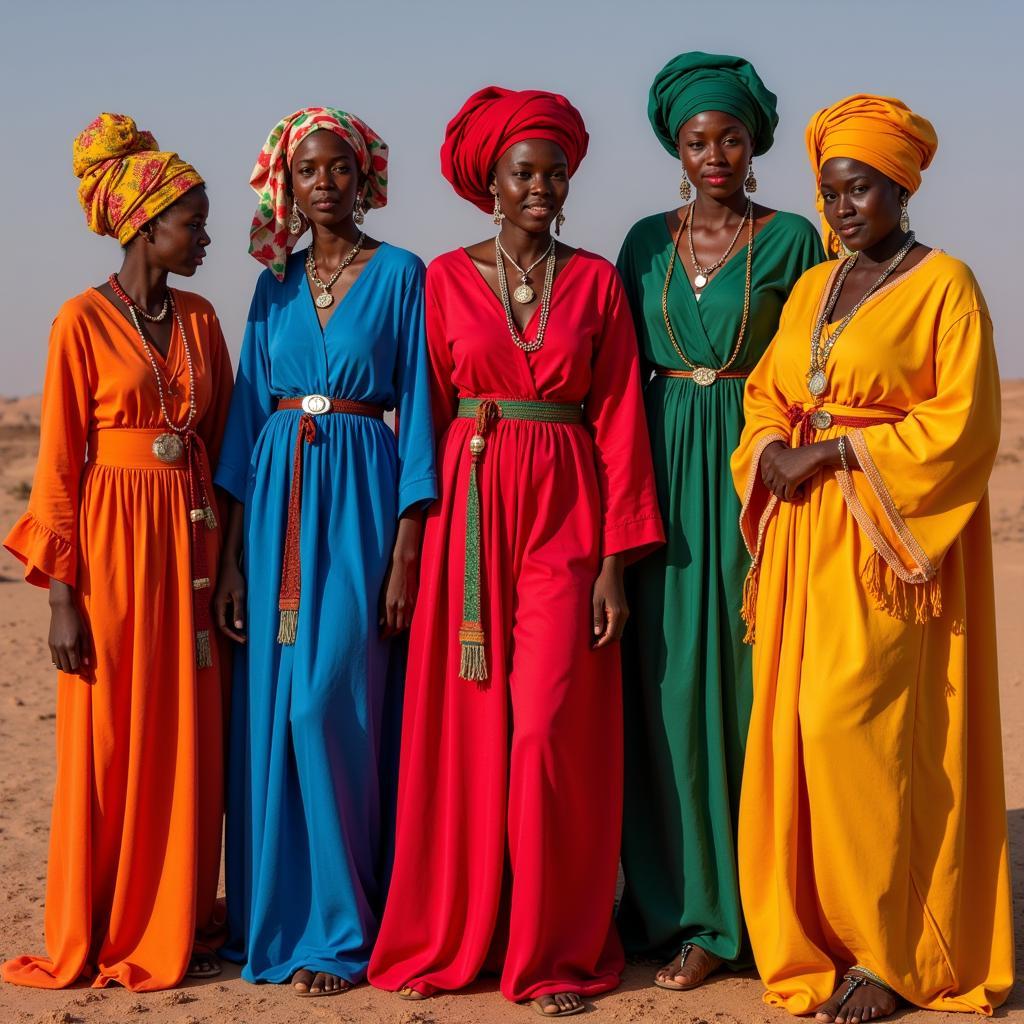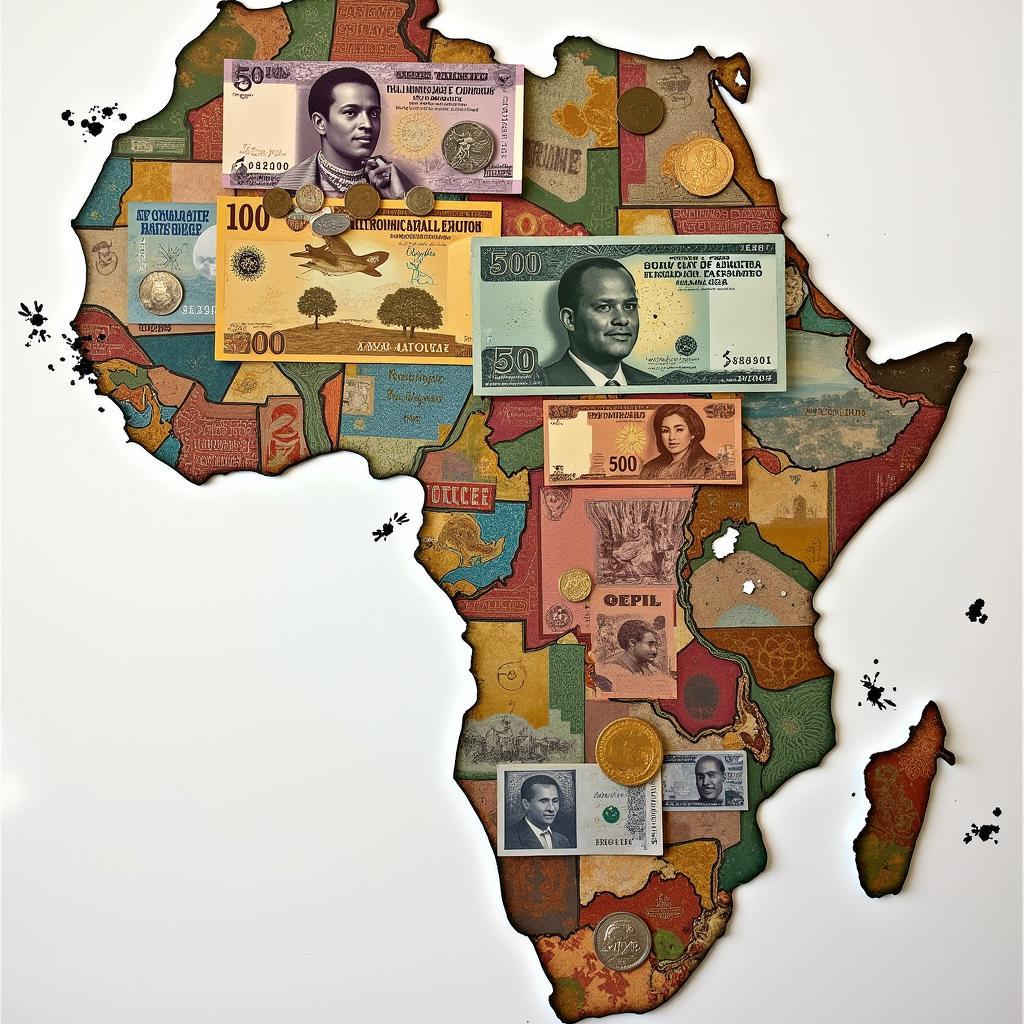Why Do Africans Braid Their Hair?
Braiding hair is a ubiquitous practice across many African cultures, transcending generations and serving as a powerful symbol of identity, beauty, and cultural heritage. But what are the deeper reasons behind this centuries-old tradition? Let’s delve into the rich tapestry of reasons why Africans braid their hair, exploring the intricate interplay of history, aesthetics, practicality, and social significance.
A Deeply Rooted Tradition
Braiding hair in Africa has a long and storied history, dating back centuries. It is believed to have originated in ancient Egypt, where elaborate hairstyles were a status symbol for both men and women. The practice quickly spread throughout the continent, becoming ingrained in various cultures and traditions.
A Canvas of Identity
For many Africans, braided hair serves as a visible expression of their identity and cultural heritage. The intricate patterns and designs often represent specific tribes, families, or even individual stories. Each braid can hold deep meaning, conveying information about a person’s age, marital status, social standing, or even their spiritual beliefs.
“Braids are more than just a hairstyle in Africa,” explains Dr. Aisha Mwangi, a renowned cultural anthropologist. “They’re a visual language, a way to communicate and connect with others who share similar traditions.”
Beyond Aesthetics: Practicality and Protection
Beyond its symbolic significance, braided hair also offers practical benefits. In hot climates, braids help to keep hair manageable and protected from the sun and elements. They also serve as a protective style, preventing breakage and tangling, especially for people with naturally curly or textured hair.
“Braiding my hair helps me keep it neat and tidy, especially when I’m working in the fields,” says Mama Amina, a farmer from Tanzania. “It also keeps my hair healthy and strong, so it doesn’t break off easily.”
Social Significance: Celebrating Beauty and Community
Braiding hair in Africa is often a social activity, bringing families and communities together. Women and girls gather to braid each other’s hair, sharing stories, laughter, and bonding over their shared traditions. This communal practice fosters a sense of belonging and strengthens the bonds between generations.
“Braiding hair is a way to connect with our ancestors and celebrate our heritage,” shares Sarah, a young woman from Ghana. “It’s a way to express our individuality, but also to feel part of something bigger than ourselves.”
Beyond the Continent: Global Influences
The enduring beauty and versatility of African braiding styles have captivated the world, leading to a global resurgence of interest in this traditional art form. From the runways of Paris to the streets of New York, braids have become a popular hairstyle, transcending cultural boundaries and celebrating the rich tapestry of African heritage.
Conclusion
Braiding hair in Africa is more than just a hairstyle. It’s a powerful symbol of identity, beauty, and cultural heritage. From its deep historical roots to its intricate patterns and designs, braids tell stories and connect people across generations. As African braiding styles continue to captivate the world, they serve as a testament to the enduring beauty and significance of this ancient tradition.
FAQ
Q: What are some popular African braid styles?
A: Some popular African braid styles include cornrows, twists, locs, and box braids.
Q: Is braiding hair a recent trend?
A: No, braiding hair in Africa is a centuries-old tradition that has been practiced for generations.
Q: What are some of the symbolic meanings of different braid patterns?
A: Braid patterns can symbolize various things, such as tribe, family, marital status, or even spiritual beliefs.
Q: What are the benefits of braiding hair?
A: Braiding hair offers practical benefits, such as keeping hair manageable and protected from the elements, as well as promoting healthy hair growth.
Q: How does braiding hair contribute to cultural identity?
A: Braiding hair is a way to connect with ancestors, celebrate heritage, and express individuality within a shared cultural tradition.


